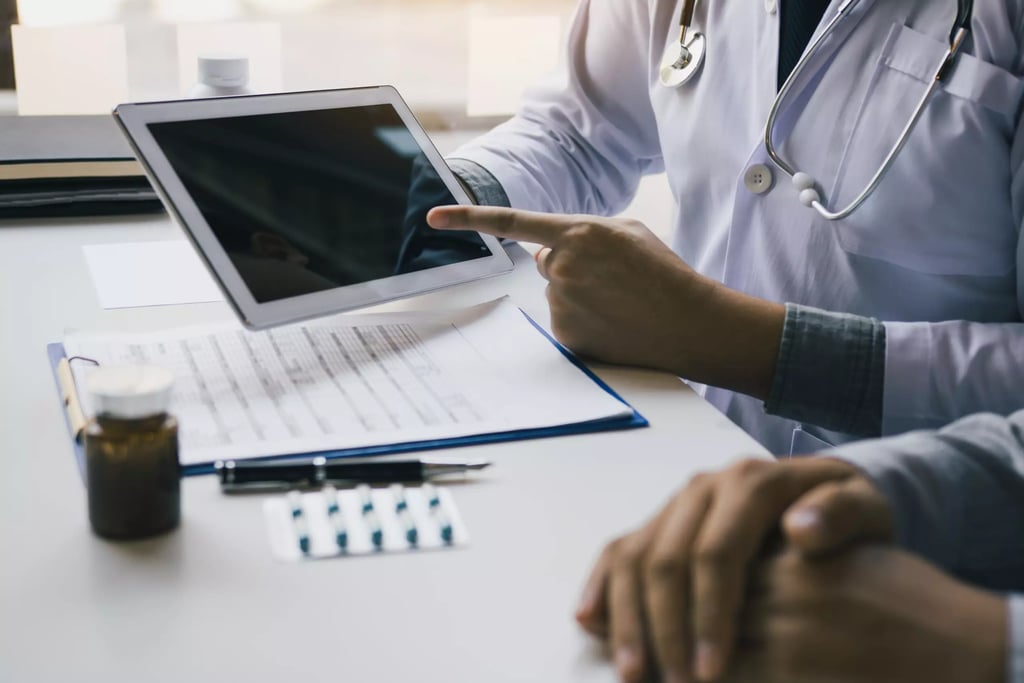Empowering Patients: The Vital Role of Patient Engagement in Pharmacovigilance
PHARMACEUTICALSREGULATORY
2 min read


In the ever-evolving landscape of healthcare, ensuring patient safety remains a top priority. With advancements in medical interventions and the emergence of new pharmaceuticals, the need for vigilant monitoring of medication safety and efficacy becomes increasingly imperative. Central to this monitoring is the field of pharmacovigilance, where patients play an indispensable role.
Pharmacovigilance encompasses a range of scientific activities aimed at detecting, assessing, understanding, and preventing adverse effects or any other drug-related issues. It is a collaborative effort involving healthcare professionals, regulatory bodies, pharmaceutical companies, and notably, patients themselves.
Patients are not passive recipients of medical care; they actively contribute to their healthcare journey. Their firsthand experiences and insights are invaluable in identifying adverse reactions, unexpected side effects, or other medication-related concerns that may elude clinical trials or healthcare provider observations alone.
A primary way patients contribute to pharmacovigilance is through adverse event reporting. Encouraged to report any adverse reactions or unexpected effects experienced while on medication, patients provide vital data informing regulatory decisions, triggering further investigation, and ultimately enhancing medication safety for all.
Moreover, patients play a pivotal role in medication adherence and compliance. By adhering to prescribed treatment regimens and reporting any challenges faced, they help identify potential issues related to medication efficacy, tolerability, or dosing. This proactive engagement enables early detection of problems, allowing healthcare providers to intervene promptly and optimize patient outcomes.
Patient advocacy groups and online communities have emerged as influential platforms for sharing information, experiences, and support related to medication use. These forums facilitate peer-to-peer learning, empowering patients to advocate for their safety and well-being. Patients leverage these networks to raise awareness about potential medication risks, promote transparency in healthcare, and advocate for improved pharmacovigilance practices.
In addition to their direct contributions, patients also benefit from pharmacovigilance efforts. Increased awareness of medication safety and adverse event reporting empowers patients to make informed decisions about their treatment options. By actively participating in pharmacovigilance initiatives, patients become partners in the quest for safer medications and improved healthcare outcomes.
To maximize the impact of patient engagement in pharmacovigilance, it is crucial to prioritize patient education and empowerment. Healthcare providers should encourage open communication, provide clear guidance on adverse event reporting procedures, and stress the importance of medication safety. Pharmaceutical companies and regulatory agencies should invest in patient outreach programs, develop user-friendly reporting systems, and foster collaboration with patient advocacy organizations.
In conclusion, patients are integral contributors to pharmacovigilance efforts. By harnessing the power of patient engagement, we can enhance medication safety, improve healthcare outcomes, and ultimately, empower patients to take control of their health journey.
